Blog
The Cold and Hot Spot of Data Centers
There are many things to talk about when explaining how data centers work. We can spend a day talking about how they...
Data Centers That’ll Leave You Mesmerized
No matter the size of your company, the amount of your data increases daily. Whether we are talking about sensitive...
Could the Digital Cloud Storage System Crash?
In 2012, the BBC published a web-styled article on the possible system crash of the cloud storage structure. It was an...
What is Cloud Disaster Recovery?
Cloud Disaster Recovery Explained Data is valuable, so are the other digital assets. Lost data and apps can ruin your...
Top 5 Cloud Trends to Watch in 2022
Amid COVID-19, the cloud industry has boomed like crazy! Businesses have shifted to remote work models integrating...
What You Need to Know About PaaS.
Platform as a service (PaaS) has garnered significant attention over the last decade. It's one of the most used...
Artificial Intelligence Mixed with Cloud Computing.
Artificial intelligence is nothing new. Self driving cars, robots that can talk like normal human beings, even face ID...
Create Your Own File Sharing System with Useful Tips
With no exception, the internet is a way of living now. Either it's personal or professional life. It made...
How to Plan Your IT Infrastructure- A Step-By-Step Guide.
Planning and implementing an efficient Information Technology infrastructure is critical for optimal growth, increased...









